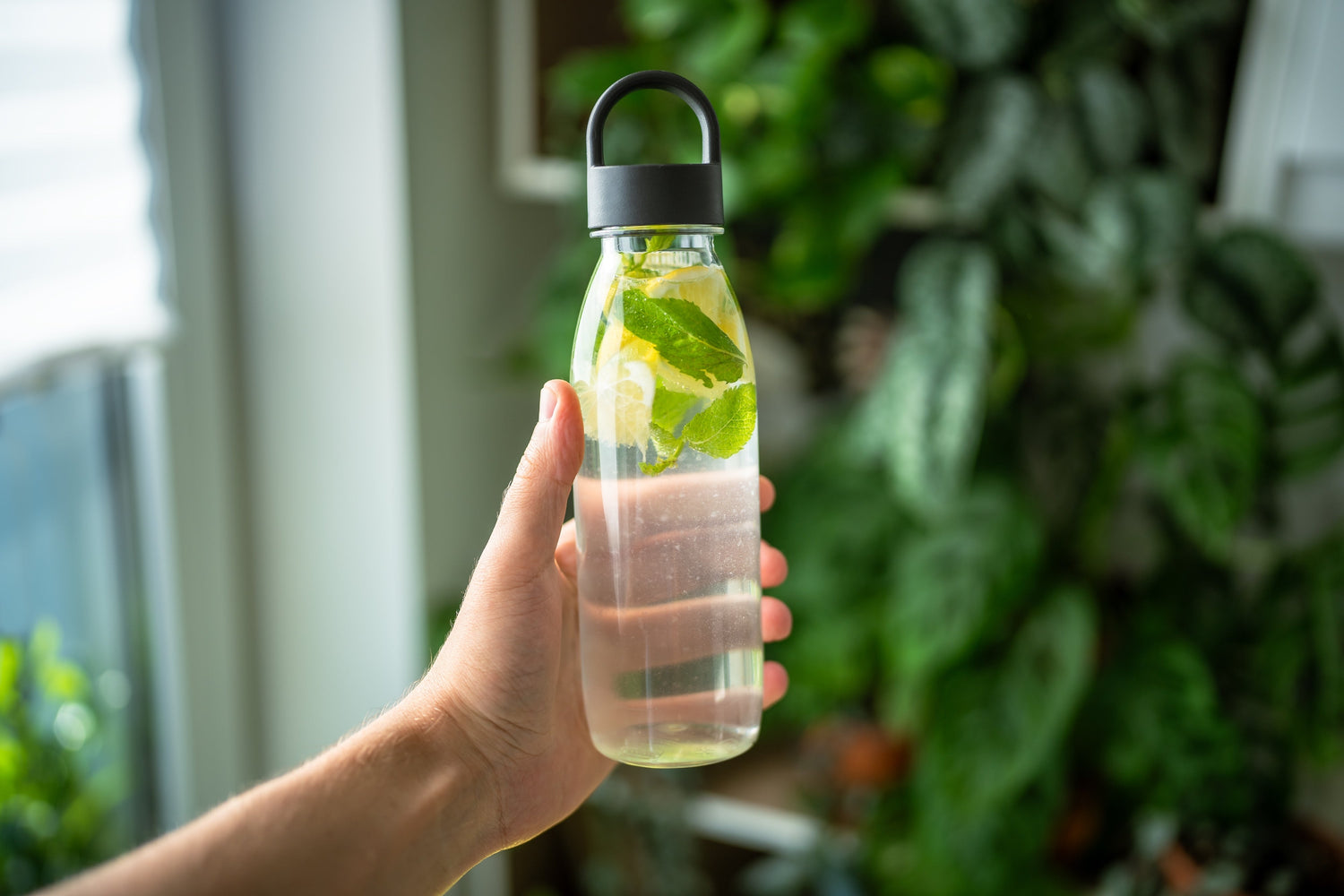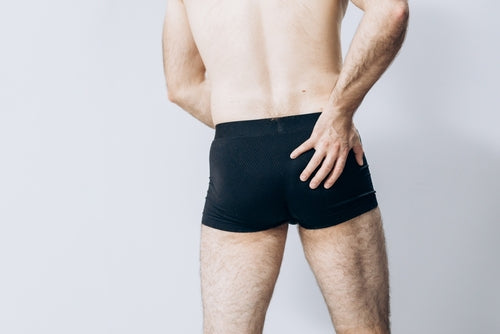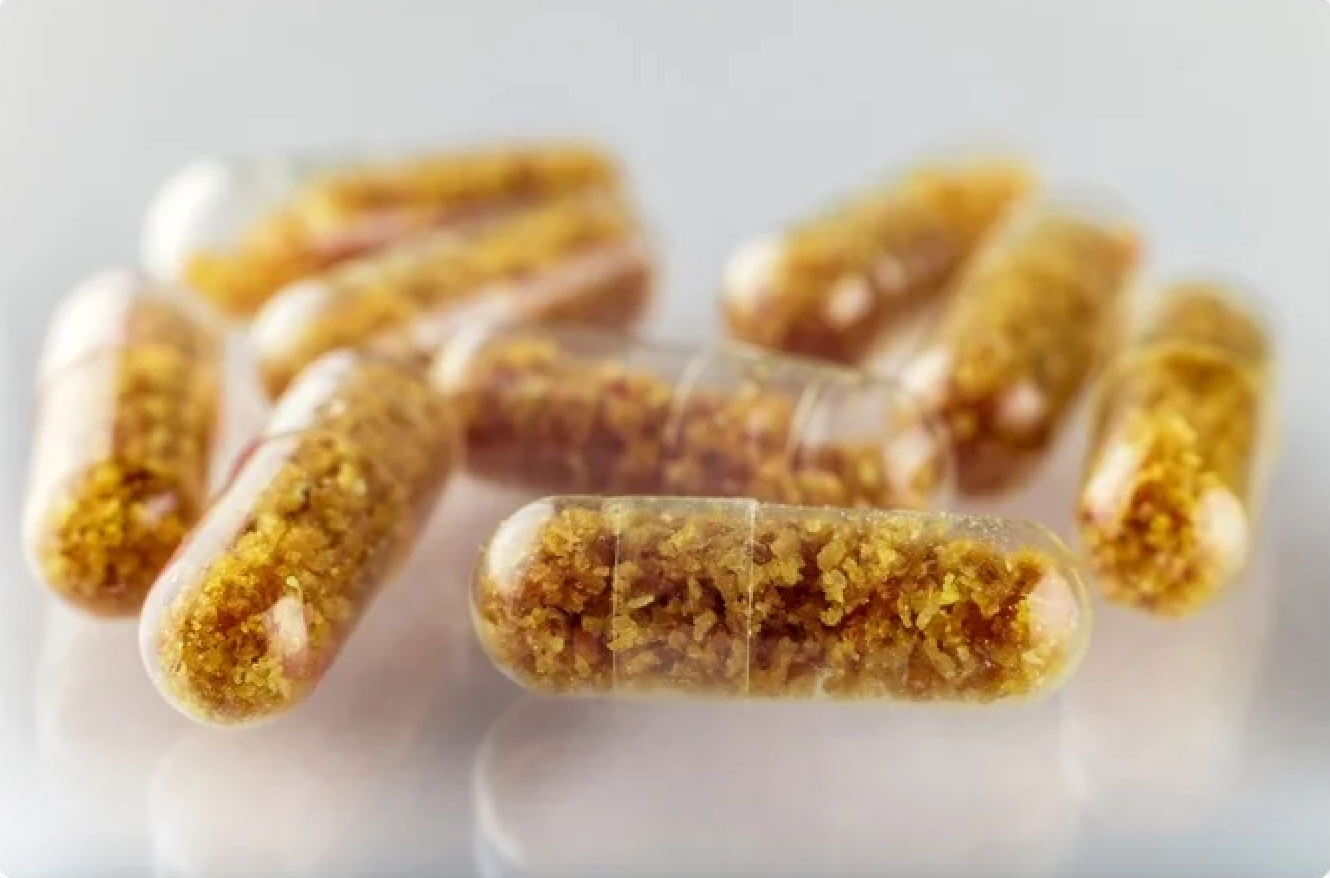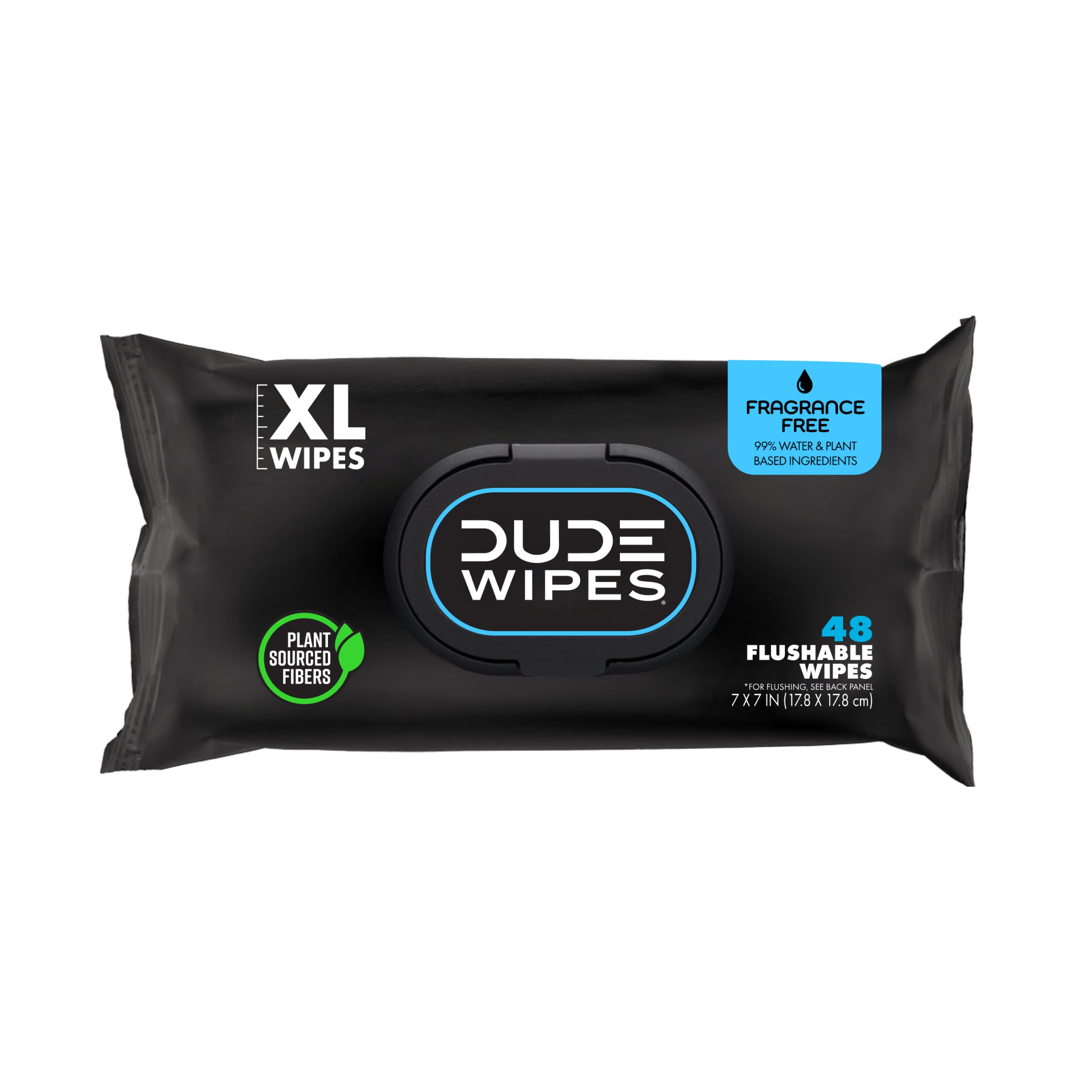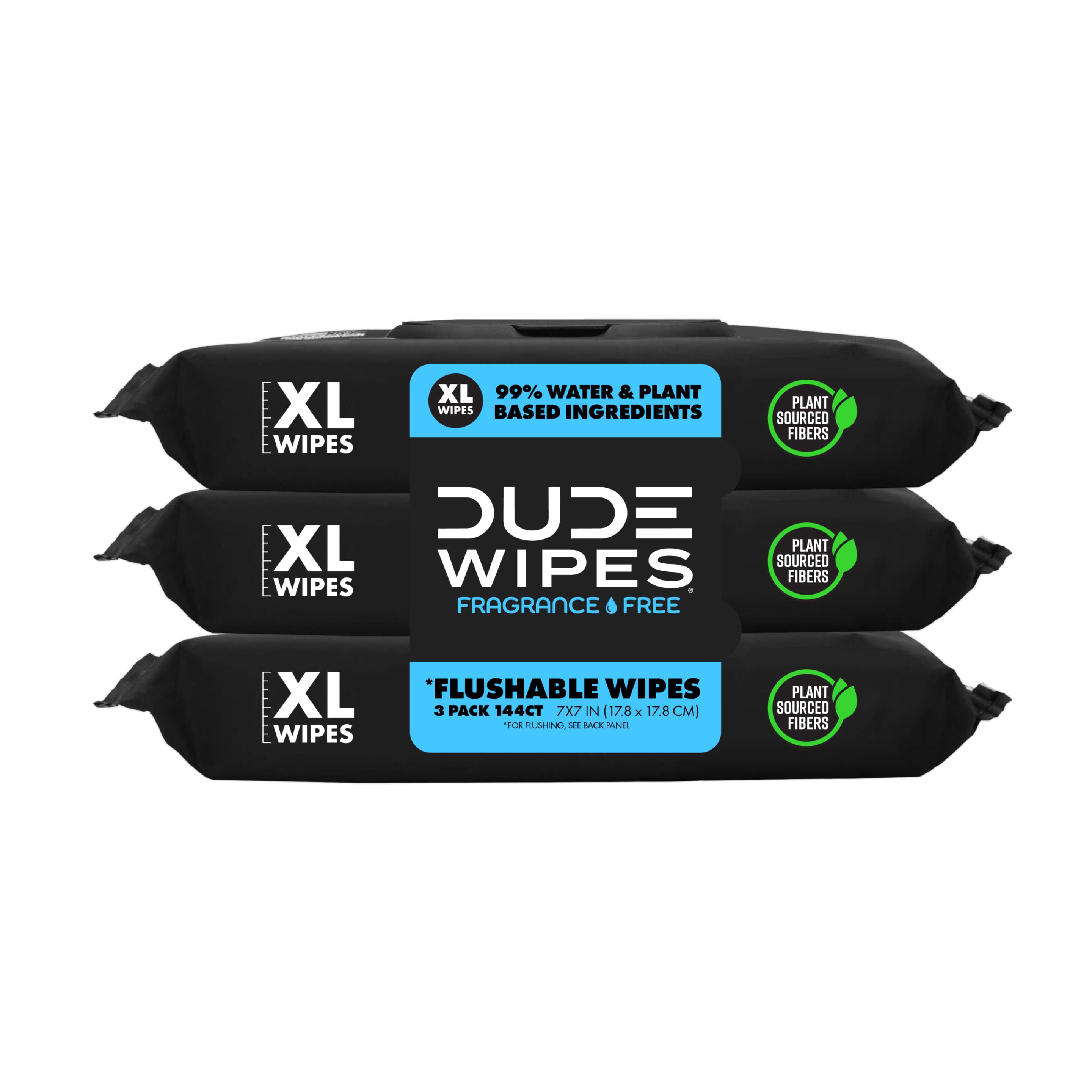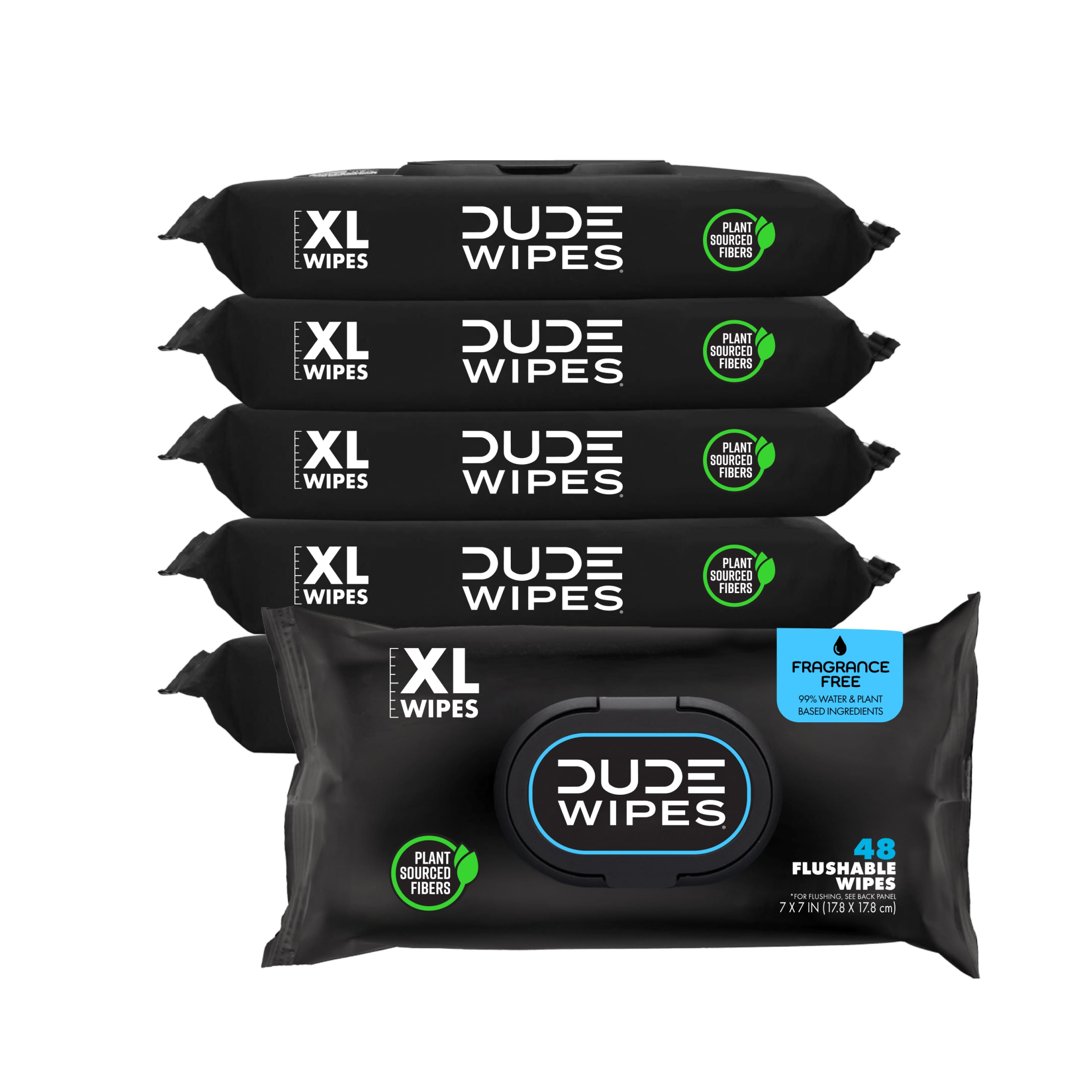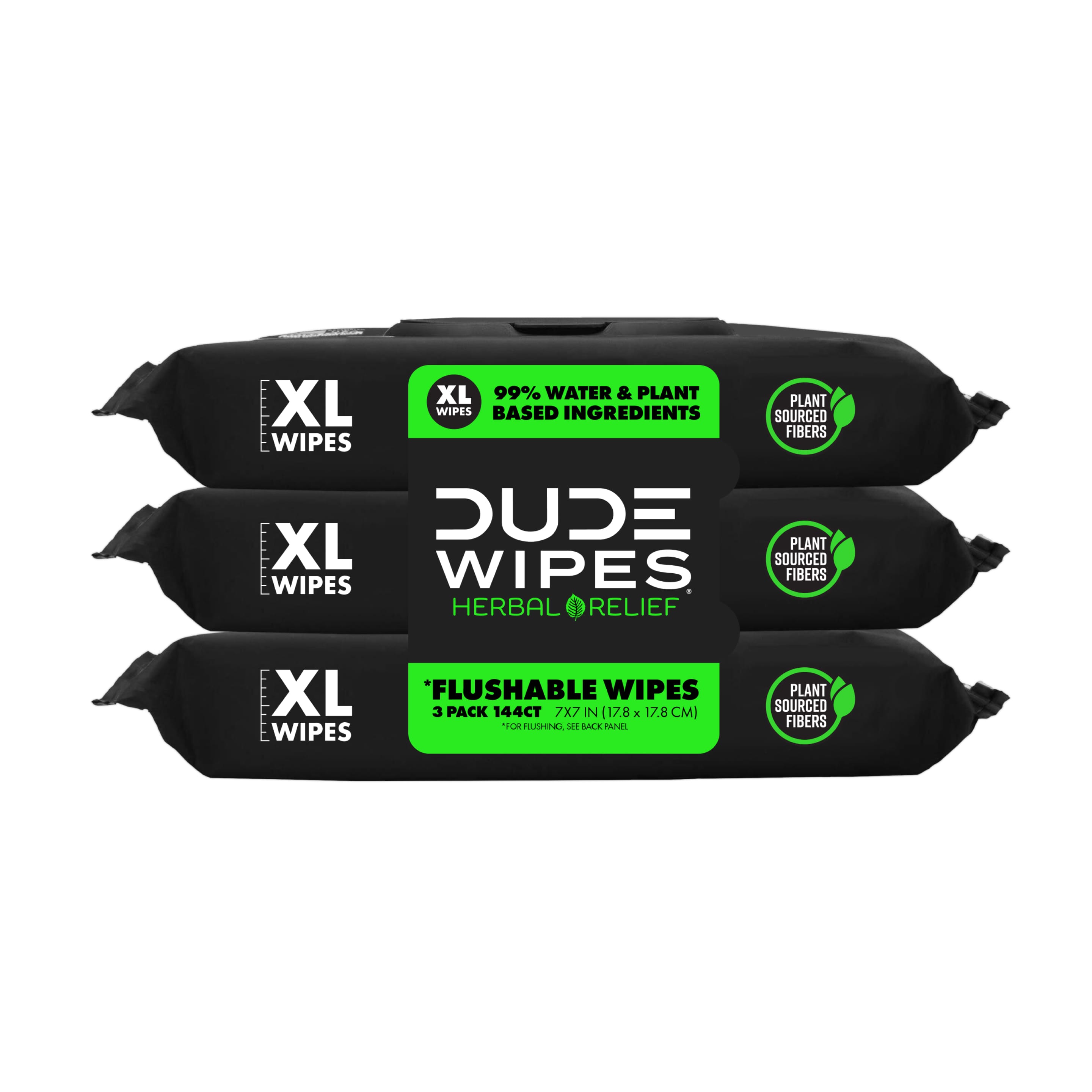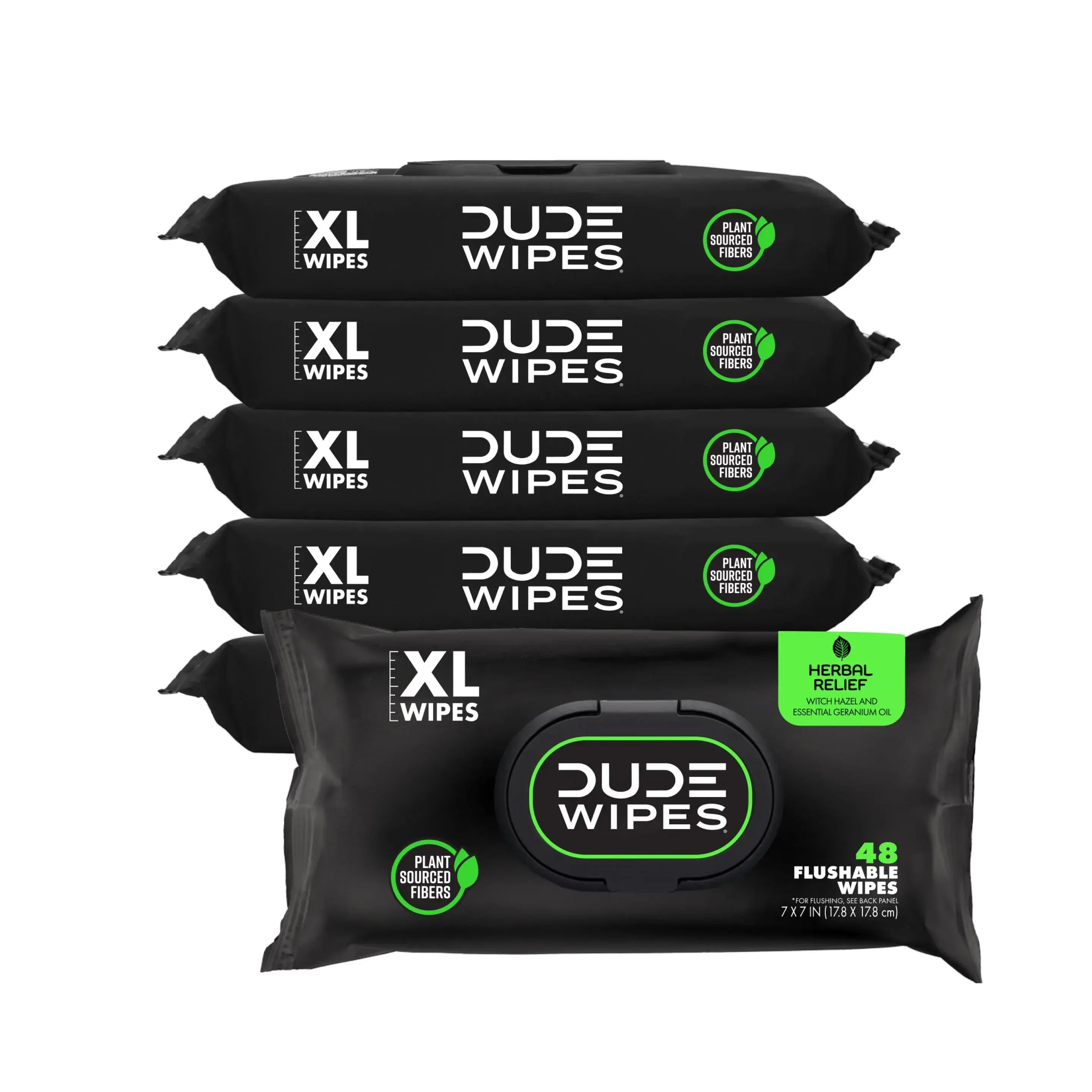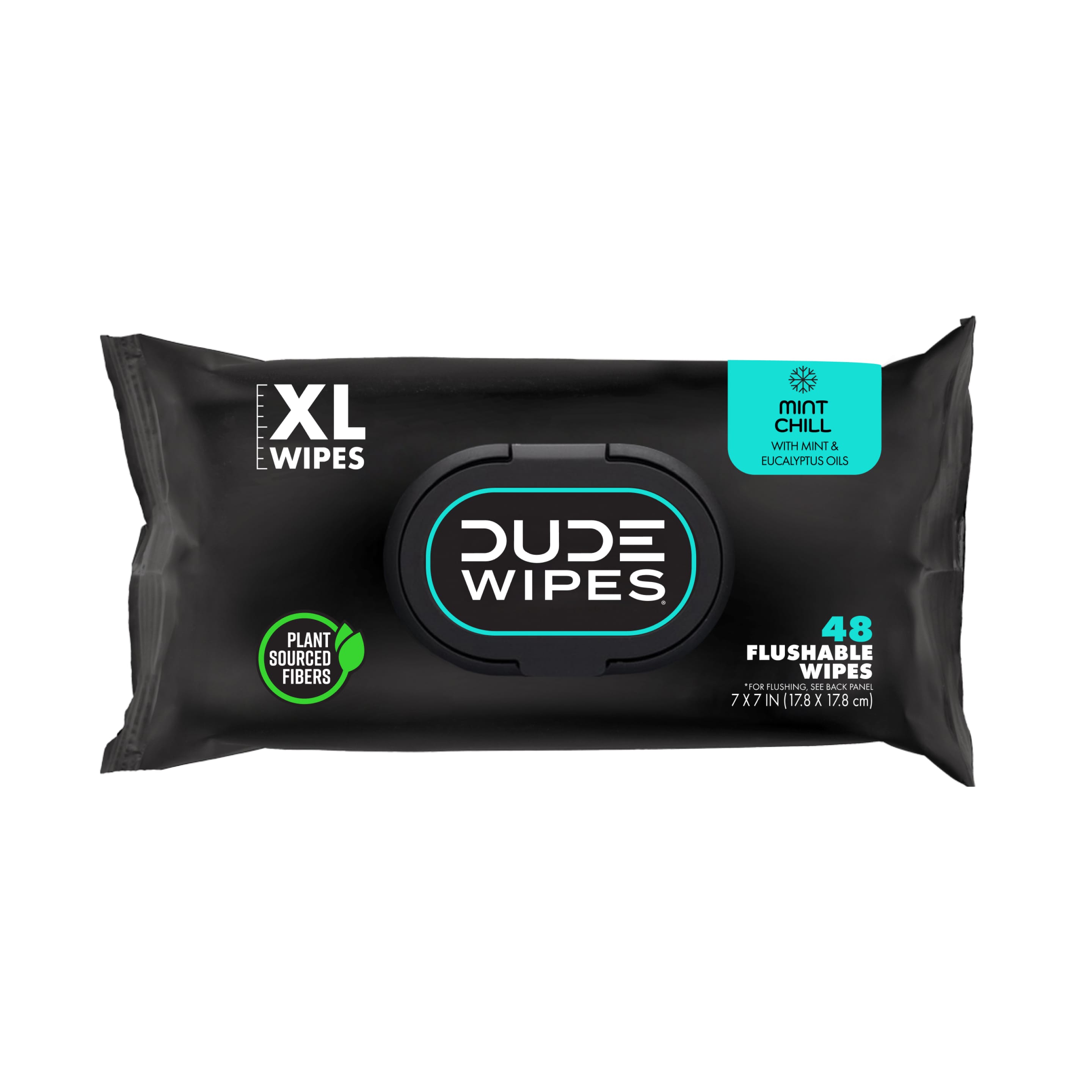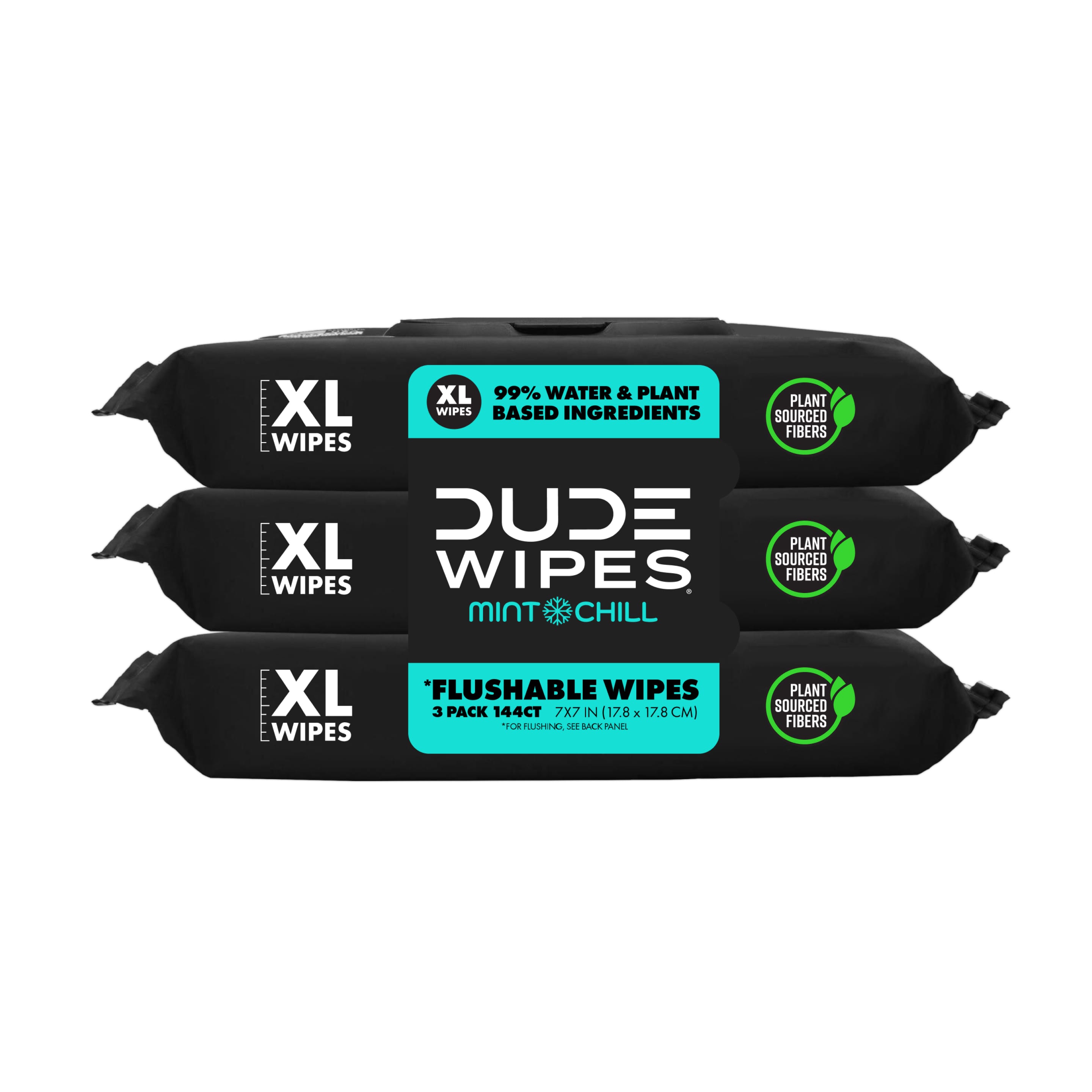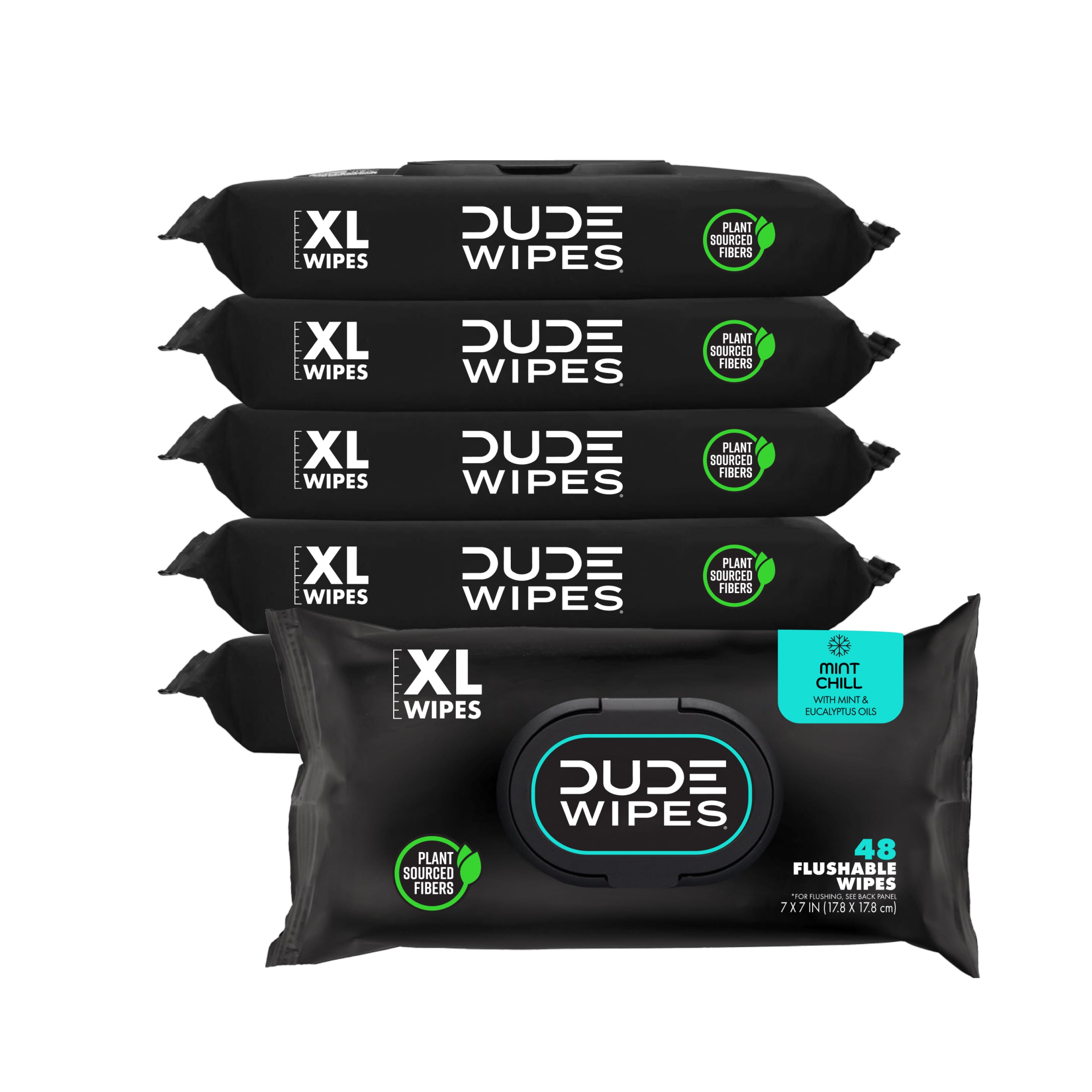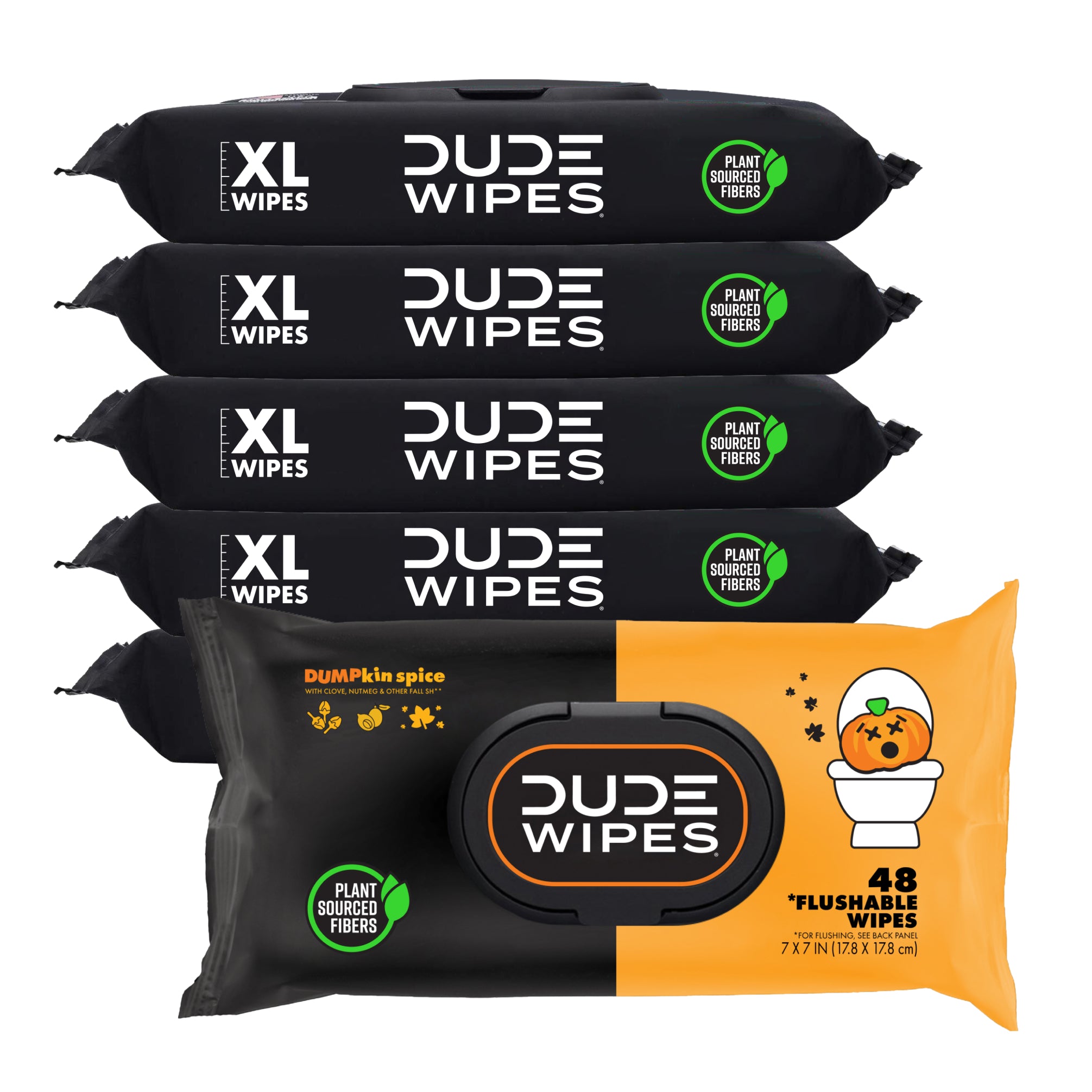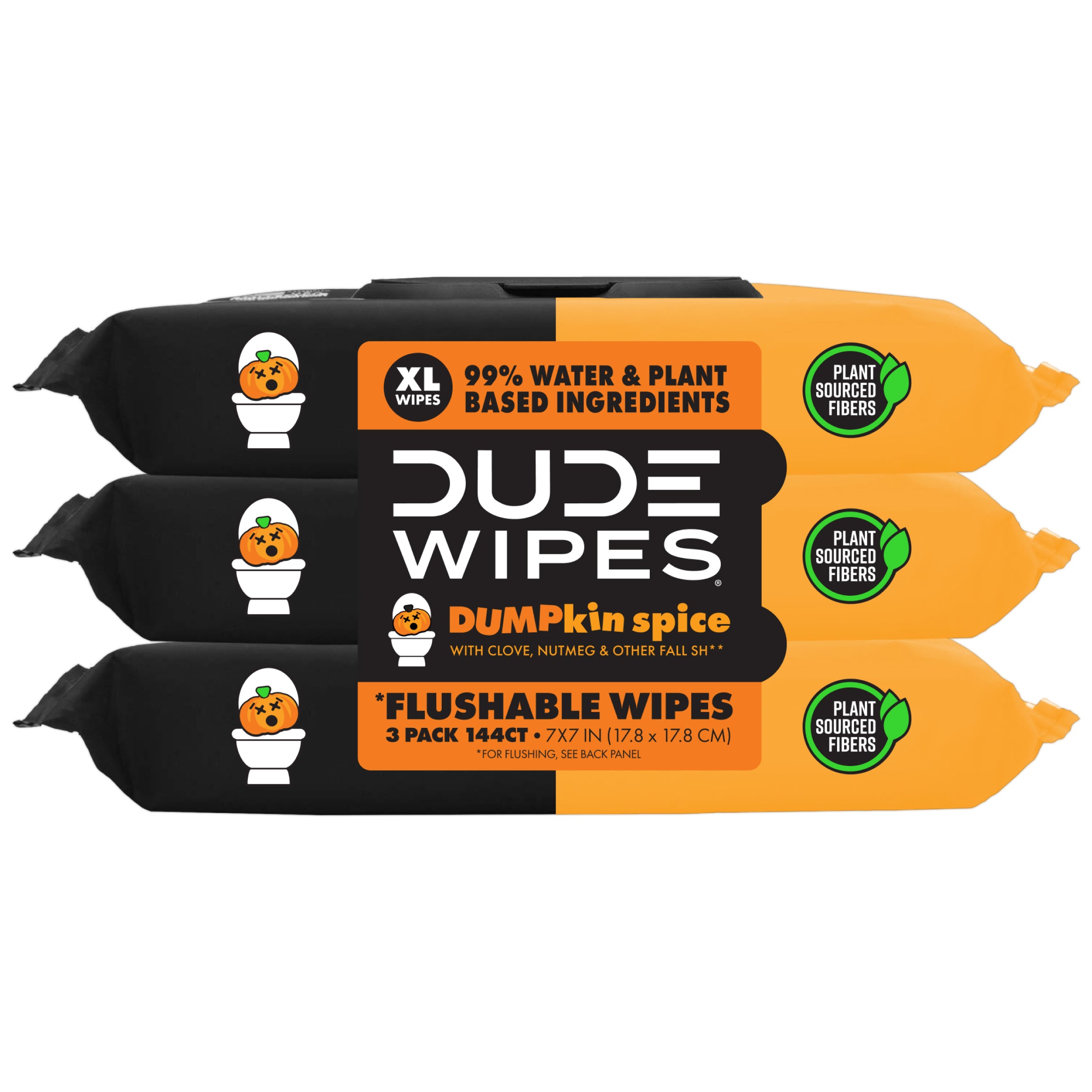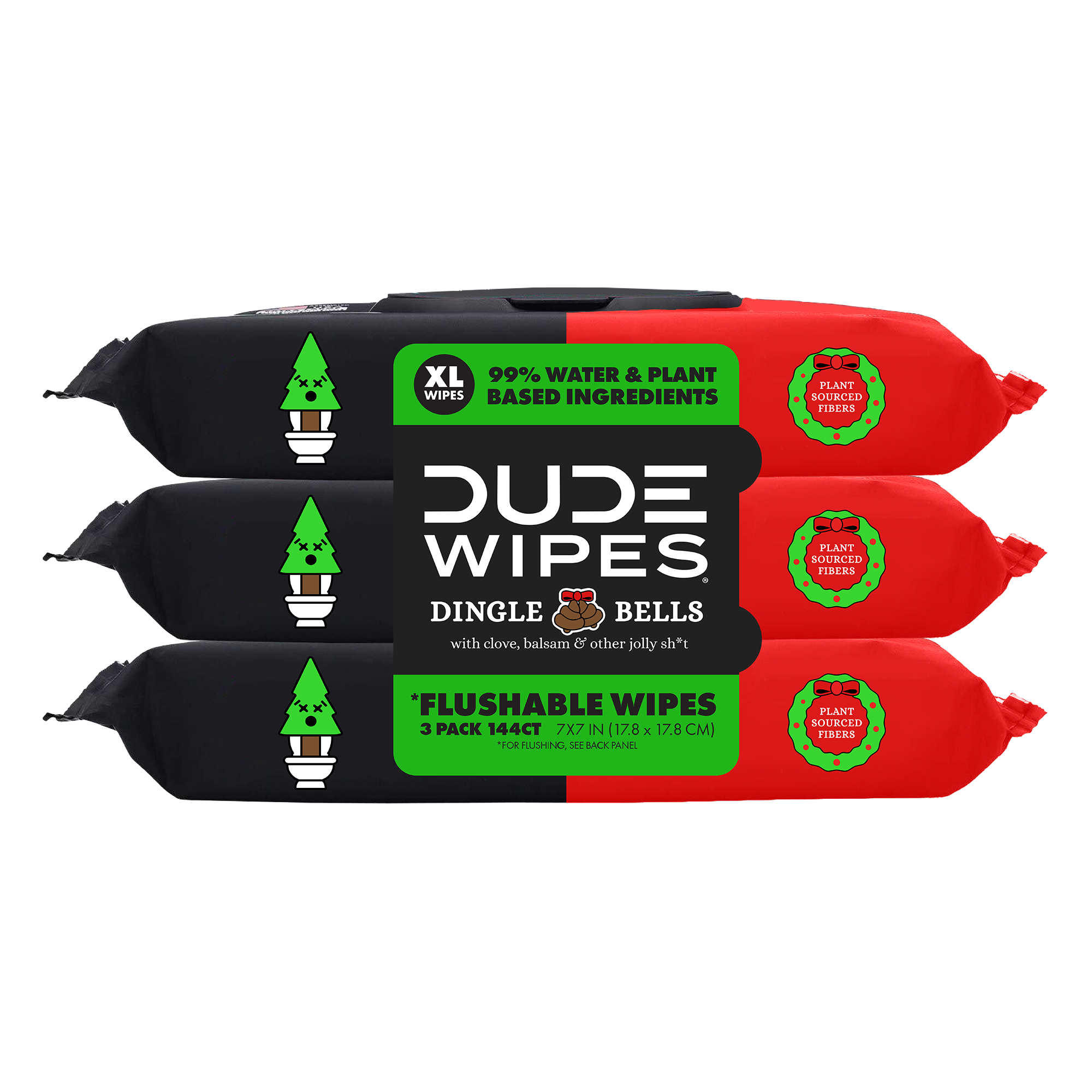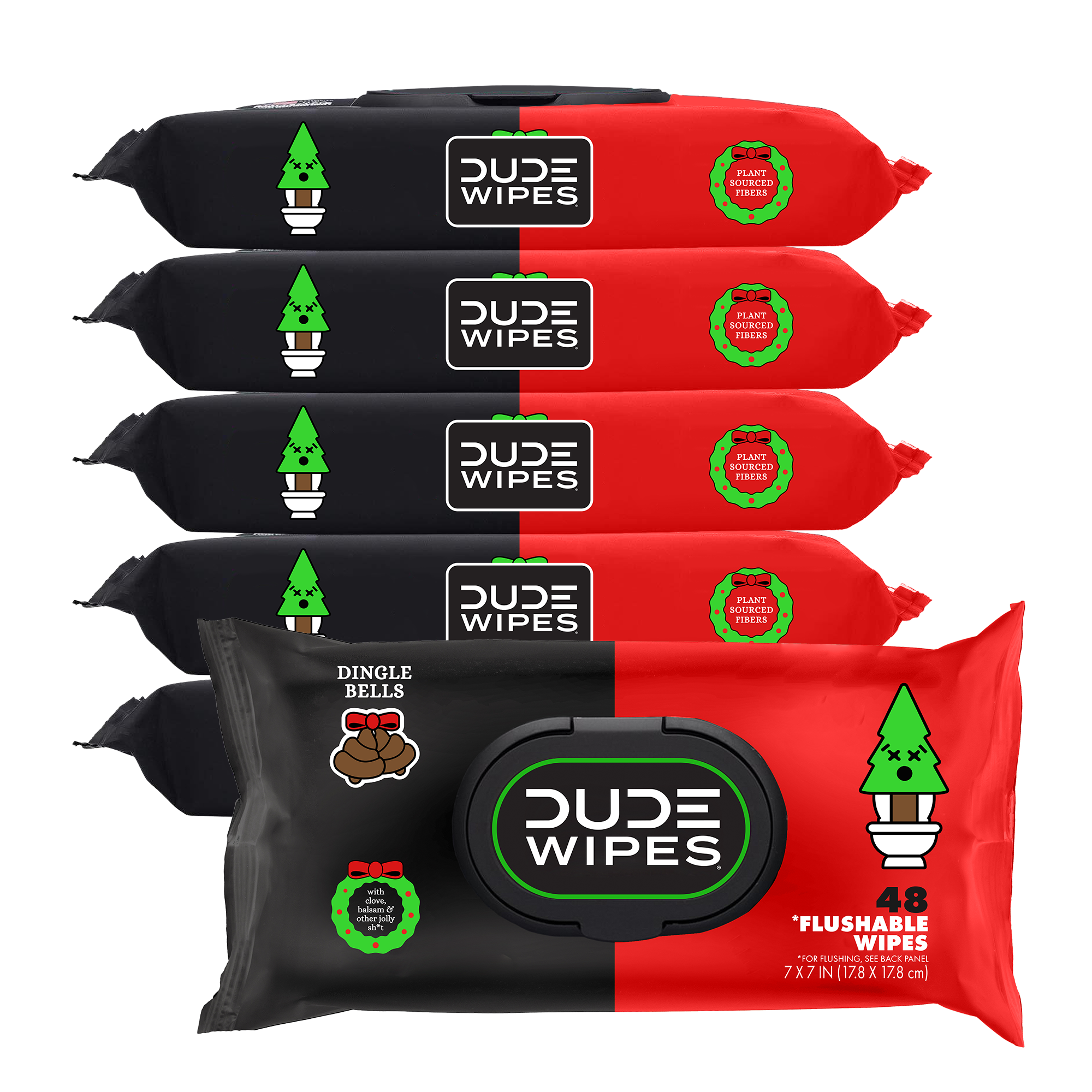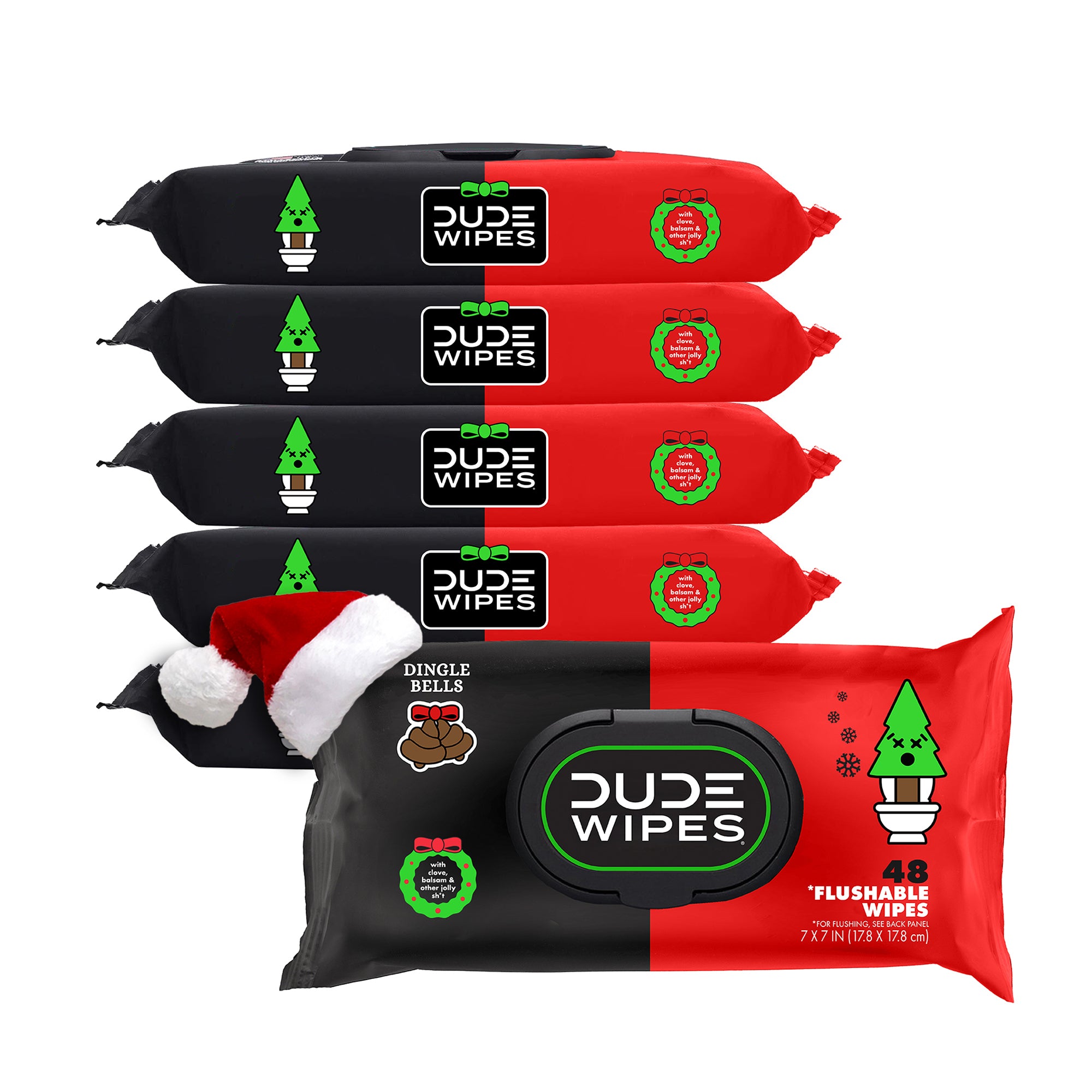There are plenty of drinks that will send you sprinting towards the nearest toilet with your butt cheeks clenched: coffee, prune juice, the list goes on. The upside of these dump-inducing drinks is that they at least taste good. But some folks prefer a less palatable colon-cleansing concoction: salt water.
In the growing world of “colon detox” culture, salt water flushes are a fan favorite. As the name implies, you drink a cup full of salt water to make yourself poop, thereby “flushing” toxins out of your body.
Salt water flushes can certainly trigger bowel movements, but they can also trigger some brutal side effects. In this article we’ll explain how to do a salt water flush, whether it’s safe, and what to expect when things come out the other end.
What Is a Salt Water Flush?
A salt water flush is a colon cleansing technique where you drink a mixture of warm water and non-iodized salt to trigger a bowel movement. Some people claim salt water flushes treat constipation, reduce bloating, detoxify the gut, and help them lose weight—but there’s no scientific evidence to back those claims.
Proponents claim that a buildup of fecal matter and toxins in the digestive system causes chronic medical problems, damages the immune system, and reduces energy levels. The salt water flush is supposed to get rid of that waste and cleanse your system.
At least that’s the theory.
Salt water cleanses became popular in the 70s thanks to the Master Cleanse (AKA Lemonade Diet), a modified juice fast that only allows you to drink tea, lemon juice, and salt water—fun times!
Today, salt water flushes are having a renaissance as people are desperate to detoxify their guts and shed a few pounds in the process. But if you’re not careful, they can cause more problems than they solve.
How to Do a Salt Water Flush
Here’s the most common salt water flush recipe:
- Mix 1-2 teaspoons of non-iodized salt into one liter of lukewarm water
- Drink the salt water on an empty stomach over a period of five minutes or less
Salt water flush proponents advise using high-quality salt, like pink Himalayan sea salt—not table salt. But the most important thing is to do the salt water flush on an empty stomach, ideally right after you wake up.
You’ll probably feel the laxative effect within an hour of drinking the salt water solution, and it can produce several bowel movements throughout the day.
Pro tip: make sure you’re within striking distance of a toilet at all times, with plenty of DUDE Wipes on hand.
What are the Benefits of a Salt Water Flush?
One of the only reliable studies on salt water flushes found that drinking salt water (while doing yoga poses) effectively cleansed the colon before a colonoscopy. Translation: salt water makes you poop.
Fans of salt water flushing have claimed countless other benefits, nearly all of which are anecdotal. These include:
- Chronic constipation relief
- Release of fluid retention
- Improved gut health
- Waste removal
- Weight loss
- Migraine relief
- Less body odor
- Increased energy levels
- Improved immune function
- Less bloating
To be clear, pooping definitely feels good, but it doesn’t “detoxify” your body. Your liver and kidneys do the heavy lifting when it comes to purging toxins, and the best way to keep those organs in shape is to drink plenty of water and eat a balanced diet.
3 Risks of a Salt Water Flush
Drinking salt water might sound harmless, but there are some potential side effects to be aware of (besides explosive poops).
1. Dehydration
The sodium overload from a salt water flush increases the risk of dehydration and electrolyte imbalance. This can lead to muscle cramps, confusion, weakness, and high blood pressure.
2. Nausea and Vomiting
Salt water isn’t the tastiest beverage, and you’ll be drinking it on an empty stomach. As a result, you might feel nauseous or throw up, especially if it’s your first time.
3. Upset Stomach
Salt water can irritate your digestive tract, especially if you have a sensitive stomach. If you have digestive health conditions like irritable bowel syndrome (IBD) or inflammatory bowel disease (IBD) you might want to avoid salt water flushes.
Salt water flushes can be especially risky for people with heart disease, high blood pressure, or other serious medical conditions. Always talk to a healthcare professional before you try one.
What Comes Out After a Salt Water Flush?
Your bowel movements after a salt water flush will likely be explosive, watery, and unpredictable. That’s because salt makes your intestinal muscles contract, pushing the poop out of your system with a vengeance.
Don’t take our word for it though—one dude gave a very explicit testimony about his salt water flush experience on the “Today I F***** Up” (TIFU) subreddit:
“I have never in my life done something like this before and the website I was reading said in about 40 minutes I would have a ‘movement’. I decided to pass the time in the shower because the salt water made me feel sick.
About half way through the shower my wife comes in and asks me if everything is okay. My stomach feels like it has expanded to the size of the sun and im feeling really gassy. I decided to siphon off a little pressure by ripping a good healthy fart.
Huge mistake, it wasnt a fart but more of a stream of liquid shit that splattered all over my bathtub. My wife opened the shower curtain before I could tell her no and her eyes widened in absolute horror.”
Now that’s a shitty situation.
Saltwater Flushes Demand Flushable Wipes
If you’re spending a good portion of your day pooping out salt water, dry toilet paper is the last thing you’ll want to wipe your ass with. One swipe with sandpaper is bad enough, but repeatedly sanding down your hole with dry paper is a recipe for a chapped rear.
Luckily, DUDE Wipes can prevent collateral damage from your salt water flush. These flushable wipes are soaked with aloe and vitamin E to soothe your sensitive sides. Plus they’re extra large for extra sloppy deuces.
When you get your fancy pink Himalayan salt, make a detour to the TP aisle and grab a pack of DUDE Wipes.

